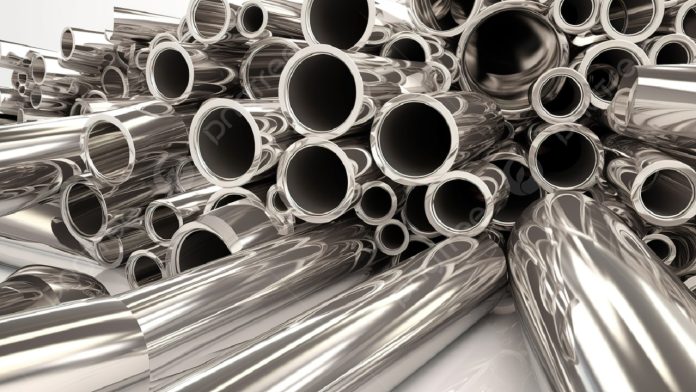In the intricate world of chemical processing, efficiency is not just desirable; it’s essential. Every aspect of the process, from material handling to product distribution, must be optimized for maximum efficiency and safety. Seamless steel pipes stand as silent heroes in this landscape, facilitating the smooth flow of chemicals and ensuring the integrity of the entire system. This article explores how seamless steel pipes enhance efficiency in chemical processing, offering insights into their unique properties and applications. If you want to learn more about seamless steel pipes, click the link: https://uniacero.com/seamless-steel-pipes-understanding-the-material-properties-and-performance/
The Role of Seamless Steel Pipes in Chemical Processing
Seamless steel pipes play a fundamental role in chemical processing plants, serving as conduits for transporting various liquids, gases, and slurries. Their seamless construction eliminates weak points, such as welds, which could be susceptible to corrosion and leakage. This inherent strength and durability make seamless steel pipes the preferred choice for conveying corrosive and hazardous chemicals safely and efficiently.
Corrosion Resistance: A Critical Factor
One of the primary challenges in chemical processing is corrosion. Harsh chemicals, high temperatures, and pressure fluctuations can corrode conventional piping materials, leading to leaks, contamination, and downtime. Seamless steel pipes, however, are highly resistant to corrosion, thanks to their composition and surface treatments. Materials such as stainless steel and corrosion-resistant alloys ensure longevity and reliability, even in aggressive chemical environments.
Seamless steel pipes resist corrosion from acids, bases, salts, and other corrosive substances commonly found in chemical processing. This resistance not only extends the service life of the pipes but also minimizes maintenance requirements and downtime, contributing to overall process efficiency.
Optimized Flow Characteristics
Efficient fluid flow is crucial in chemical processing to maintain precise control over the reaction kinetics and product quality. Seamless steel pipes offer superior flow characteristics compared to welded pipes, thanks to their smooth internal surface finish. This smoothness reduces frictional losses and minimizes turbulence, allowing for more efficient fluid transport with lower pumping costs and energy consumption.
Additionally, seamless steel pipes can be manufactured to precise dimensional tolerances, ensuring uniform flow distribution throughout the piping system. This uniformity helps maintain process stability and consistency, critical factors in achieving desired product specifications and yields.
Flexibility and Adaptability
Chemical processing plants often undergo expansions, modifications, or process changes to meet evolving market demands. Seamless steel pipes offer the flexibility and adaptability required to accommodate these changes seamlessly. Their inherent strength allows for easy modification without compromising structural integrity.
Seamless steel pipes can be bent, curved, or welded to suit specific layout requirements, enabling the design of efficient and space-saving piping systems. This flexibility simplifies installation, reduces construction time, and minimizes the need for costly fittings and connectors.
Conclusion
Seamless steel pipes are indispensable assets in the realm of chemical processing, where efficiency, reliability, and safety are paramount. Their corrosion resistance, optimized flow characteristics, and flexibility make them the preferred choice for conveying corrosive chemicals, gases, and slurries in chemical plants worldwide.
By enhancing fluid transport efficiency, minimizing downtime, and providing versatility in system design, seamless steel pipes contribute significantly to the overall efficiency and profitability of chemical processing operations. As the chemical industry continues to evolve and innovate, seamless steel pipes will remain at the forefront, enabling safer, more sustainable, and more efficient chemical processing processes.










